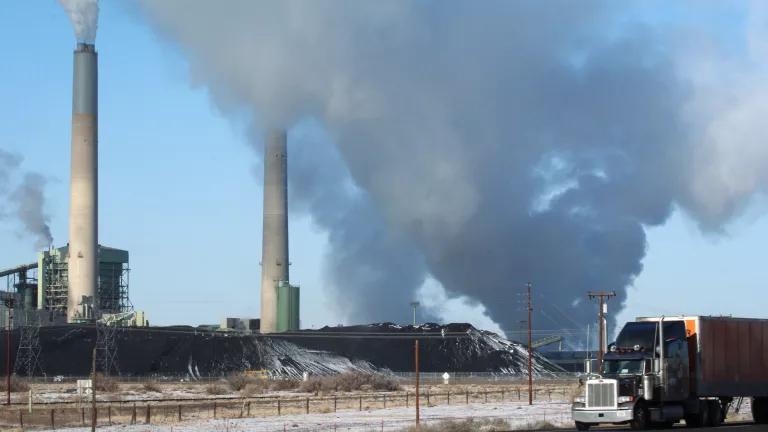As the environmental review process for the Keystone XL tar sands pipeline commences under the direction of the State Department, Trans Canada has announced it will proceed with another tar sands pipeline from Cushing, Oklahoma to the Gulf Coast, a 485-mile long segment that was once part of the original Keystone XL project. The process to evaluate Trans Canada’s Gulf Coast segment, also a tar sands pipeline, has been problematic. There was only a cursory review by the U.S. Army Corps of Engineers and no real review of major issues like the increased potential for a tar sands spill or a boost in climate emissions from upstream tar sands production. As more and more proposals to build or expand tar sands pipelines emerge, it is time to recognize the significant differences between conventional and tar sands oil. The people of Texas and Oklahoma deserved a full review of this TransCanada Gulf Coast tar sands pipeline just as we all deserve a full review of the proposed Keystone XL pipeline that would bring tar sands oil across the border from Canada. We can no longer afford to ignore the special risks of tar sands to our waterways, farmland, public safety, and climate.
One might think that an oil pipeline 485 miles long from Oklahoma to Texas carrying corrosive tar sands oil – a very different substance than conventional oil – would have received a close review by the government. But Trans Canada, who has received the final of three permits to begin construction of what is called the Gulf Coast pipeline, had a virtually non-existent environmental review from the U.S. Army Corps of Engineers. And while TransCanada has claimed that the Gulf Coast segment would transport U.S. crude oil supply, the reality is this pipeline was designed for tar sands. As my colleague Anthony Swift argues, TransCanada has contracts to move Canadian crude and the pipeline simply isn’t designed to move U.S. crude.
Meanwhile, TransCanada is also pursuing a new permit for the Keystone XL tar sands pipeline prompting calls from NRDC for a thorough environmental review. Any review of a tar sands pipeline should account for the increased risks of a tar sands pipeline spill which is more devastating than a conventional oil spill or the increase in climate emissions that will occur from increased tar sands production upstream.
One of the major concerns with tar sands is that when it spills, it causes much more harm to the environment and particularly waterways than conventional oil. The substance flowing through a tar sands pipeline called “diluted bitumen” is a mixture of raw tar sands and chemical diluents and is more acidic, hot, abrasive, and corrosive than conventional oil. This week was the two-year anniversary of the largest tar sands spill in U.S. history where pipeline company Enbridge Inc. spilled more than 1.2 million gallons of tar sands into the Kalamazoo River in Marshall Michigan. Because tar sands is so difficult to clean up, there are still hundreds of acres of submerged oil – some that will never be cleaned up – even after two years of an EPA-directed clean up. And there are strong indications that tar sands pipelines spill more often. Between 2007 and 2010, pipelines in the Northern Midwest which transport more tar sands crude than any other region of the U.S. have spilled three times more oil per mile than the national average.
Tar sands also poses particular risks to the climate. Constructing the Keystone XL pipeline would lead to a greater demand for tar sands oil. Building the pipeline would lead to an increase in carbon pollution by 27 the equivalent of seven coal-fired power plants operating continuously or having 6.2 million cars on the road for 50 years. Building Keystone XL would also effectively neutralize new standards that would cut greenhouse gas emissions by up to 20 percent by 2018 from medium- to heavy-duty trucks.
The more we learn about the dangers and risks posed by tar sands, the more we realize it is nothing like conventional oil. That is why there are so many in Texas and Oklahoma have been outraged by what many called a “rubber stamp” review process for TransCanada's Gulf Coast segment. NRDC will continue to call for a thorough and comprehensive review of the proposed Keystone XL tar sands pipeline as it begins its review in the coming months. Right now, the State Department is currently evaluating the scope of their environmental review for Keystone XL and one indicator of their commitment will be whether they will truly evaluate how Keystone XL, as a tar sands pipeline, poses greater risks of a pipeline spill and increased climate emissions.



